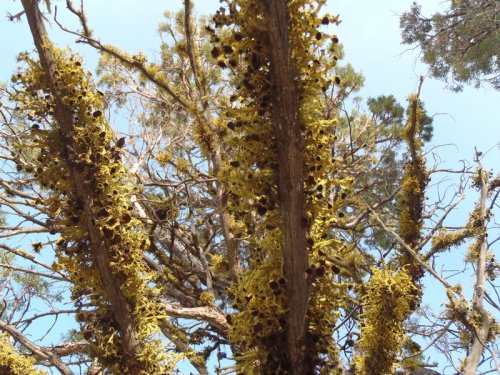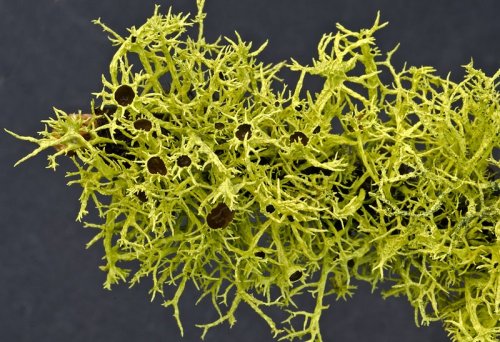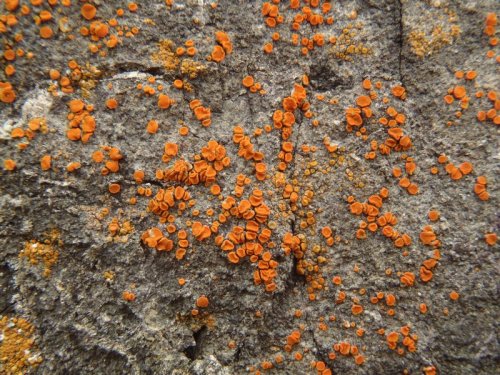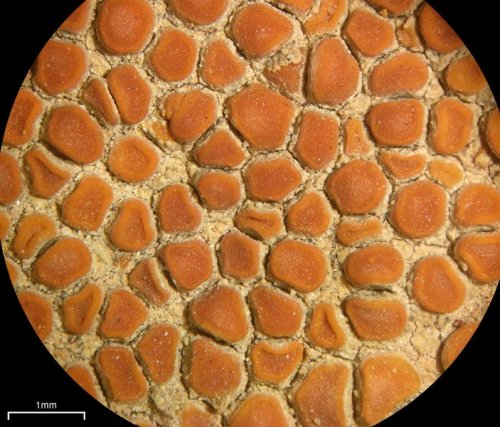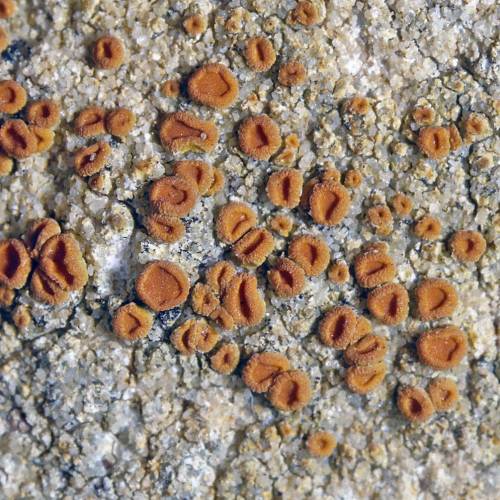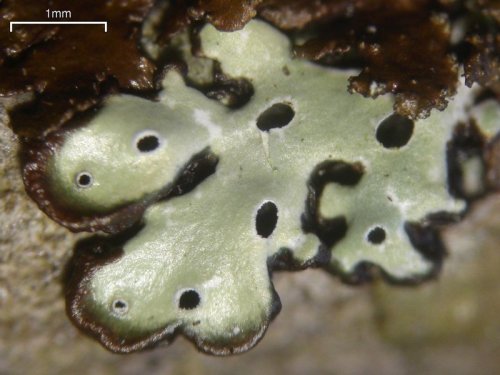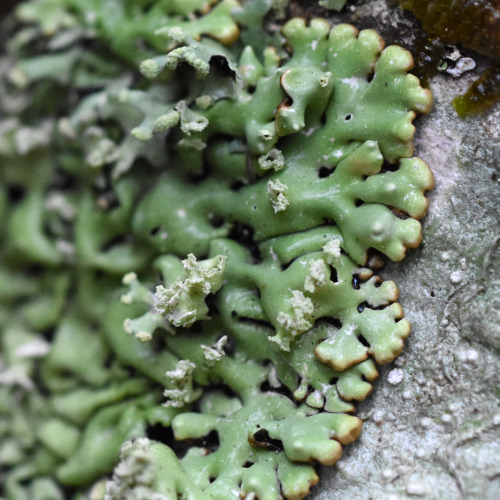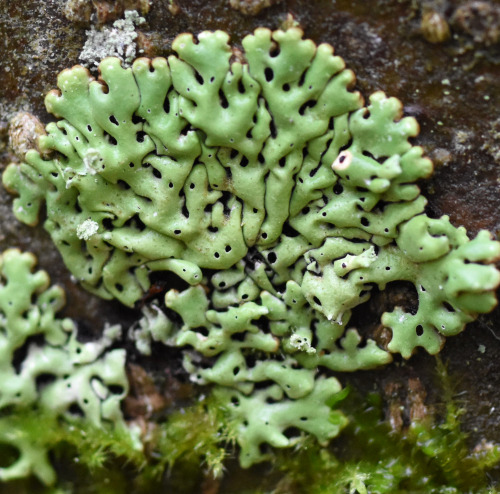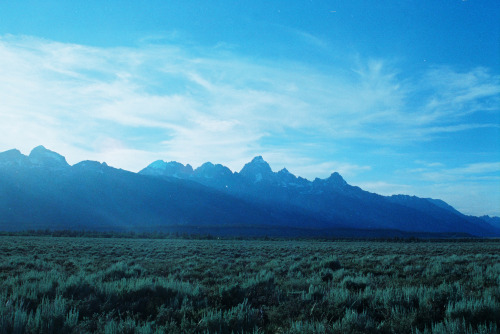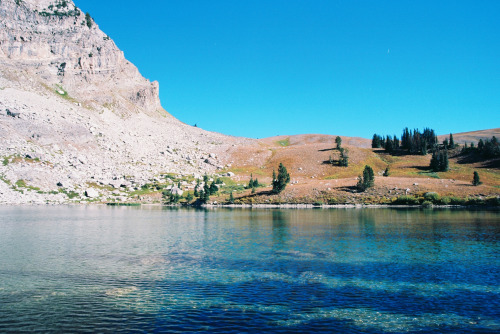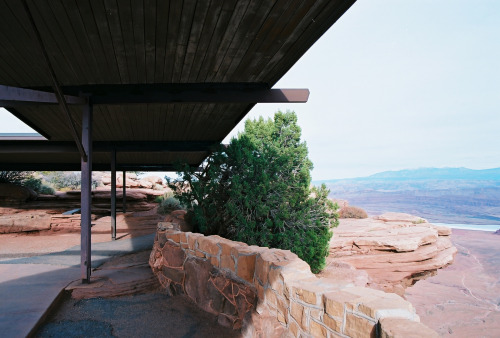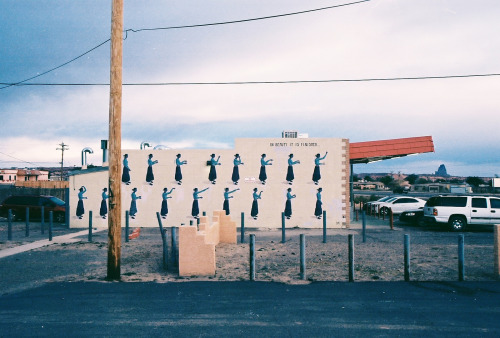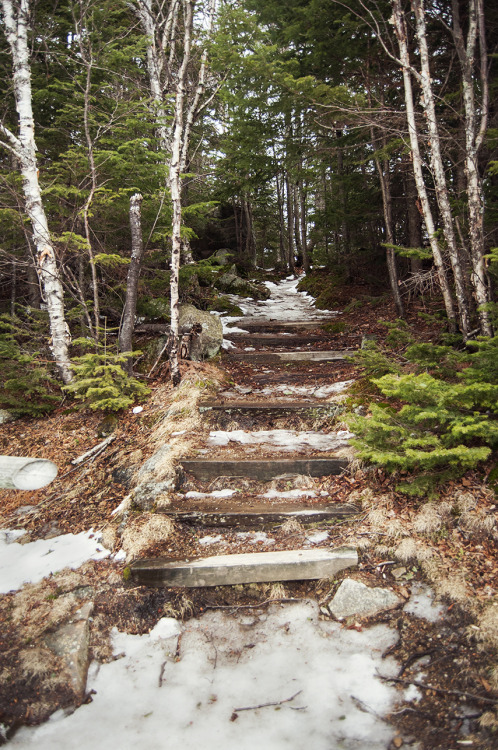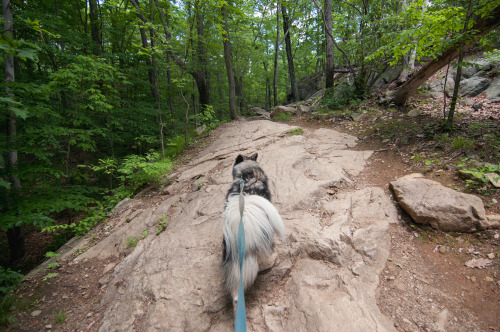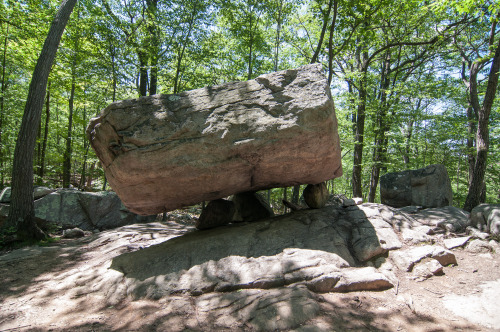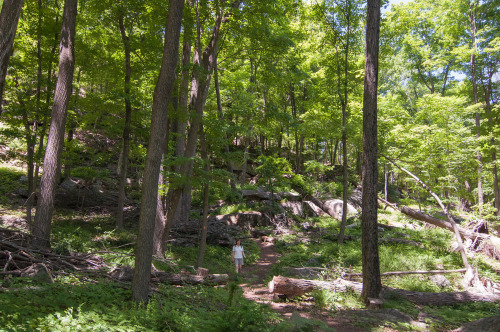#take a hike








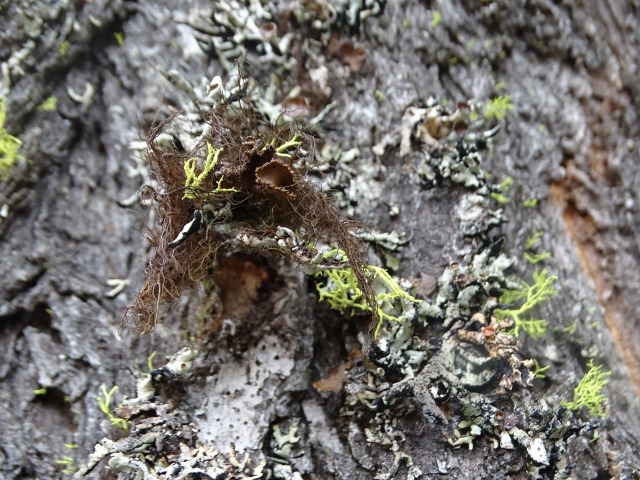

Nodobryoria abbreviata
Tufted foxtail lichen
I have been really thinking I need a haircut lately. I can’t pull off the long-haired, brunette look like N. abbreviata. This brittle, fruticose lichen grows on conifers in chaparral and coast-adjacent woodland. It has a reddish-brown, fruticose thallus, and flat, concolorous apothecia surrounded in a ciliate margin. Nododobryoria was only recognized as a sperate genus from Bryoria lichens in 1995 due to a difference in chemical composition and cellular structure. Goes to show you shouldn’t judge a lichen by its thallus–it’s what’s on the inside that counts!










Diplotomma venustum
Venerating celebrities is out, venerating lichens is IN! Public figures will let you down and devastate you emotionally but you know who would never do that to you? D. venustum. They’re your unproblematic fave now. Deal with it.
This crustose lichen grows in thick, white rosettes dotted with black or chalky gray apothecia. It colonizes calcium-rich rocks and human-made surfaces in open areas of northern Africa, Asia, Europe, North America, and Greenland.




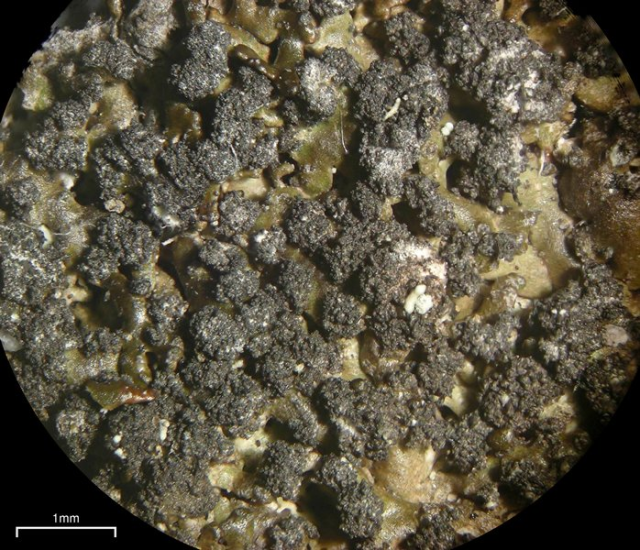
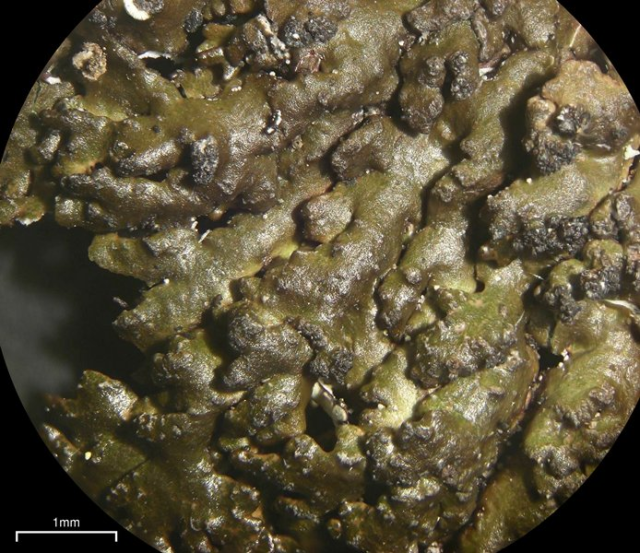




Montanelia disjuncta
Dark lichens are easily overlooked compared to their flashier cousins, but when you get up close and personal, you can see how stunning they truly are! This strongly lobed, foliose lichen grows in rounded rosettes closely attached to vertical, siliceous rock. It has a dark olive to brown to black upper surface, and a dark, rhizinate lower surface. It produces dark brown to black soredia, and only rarely, sorediate-encircled apothecia. M. disjuncta grows in boreal and montane habitats in North America, Europe, northern Asia, and central Africa.








Candelariella coralliza
Naming a kid anytime soon? Have you considered the name Coralliza? And they can go by Liza, and people will be like, “oh, like Liza Minnelli?” and they can be like “No, like the lichen.” This crustose lichen is described as coralloid, or coral-like in growth form. It grows in 2 mm thick patches of cracked, grainy, bright yellow thallus. It has flat-disked, yellow apothecia, often with a gray or black tint. C. coralliza is ornithocoprophilic, meaning it likes to grow where there is lots of bird poop! So you can often find it near coasts or high in the mountains, growing on rocks and roofs frequented by perching birds. Maybe not what you want to name your kid after, but maybe it would be a reminder that even beautiful things can some out of shitty situations.




Cora timucua
I’ll be honest with you–not a big fan of April Fool’s day. Maybe because I am gullible, or not clever enough to think of my own pranks. So instead, I am sharing what I *hope* is an elaborate prank lichens are pulling on us–The Timucua Heart Lichen Project.
The Timucua Heart Lichen (Cora timucua) is a species of lichen endemic to Florida and the only species in the genus Cora to have inhabited the United States. It is named after the Native American people who lived in Northeast and North Central portions of what is now Florida. While historically its range included large areas of Florida, the only areas where the lichen has been reported in the second half of the 20th century are the Ocala National Forest and the O’Leno State Park. Despite its showy appearance, the species has not been collected or observed since 1985, so it is at least critically endangered or possibly even extinct. The main goal of the proposed project is to conduct an extensive and cooperative search for the species throughout its historical range and areas where the species could potentially grow, to investigate if it still exists in the wild and if so, to propose actions for its conservation. The search will engage a diverse group of people, including scientific experts, lichen enthusiasts, land managers, and the general public. Cora timucua grew primarily on shrubs in the endangered Florida sand pine scrub ecoregion, of which only 10-15% is estimated to remain intact. Thus, the majority of the search effort will be conducted in that ecoregion.
I hope dearly that this gorgeous pal is just hiding somewhere out there, and we will find it alive and well in due time.
images:source
Peltigera venosa
Fan lichen
I have never wanted chocolate chip cookies more in my entire life than I do after staring at P. venosa. This lichen has small overlapping or larger fan-shaped lobes. The upper surface is bright green when moist, and a dull gray when dry. Apparently there is also a darker blue-green morphotype with smaller, scale-like lobes, but I couldn’t find any pictures of it. This variation is dependent on the presence of a green algae photobiont or a blue-green cyanobacterial primary photobiont. It appears that the green algae associated morphotype is more common, though apparently they can grow in the same patch! The lower surface is pale with prominent veins and dark spots called cephalodia which contain a secondary, cyanobacterial photobiont. It produces large, circular apothecia along the leaf margins which are flat, smooth, and dark brown in color. P. venosa grows on moist, mossy soil at high elevations in the northern hemisphere. One of many Peltigera lichens, this one is the easiest to identify due to its characteristic leaf shape, venation on the lower surface, and distinctive apothecia. So go out there and find them! And maybe make some chocolate cookies and bring them by my place please? Thanks.
Post link
Polycauliona luteominia
Red firedot lichen
This crustose lichen has a thin, immersed basal thallus, and so generally appears as a smattering of round apothecia. The apothecia have a prominent margin, and a flat or concave disc. P. luteominia comes in two varieties: var. luteominia, which has orange apothecia, and var. bolanderi, which has bright red apothecia. Both can be found on rock and soil near the Pacific coast of North America.
info:source
Post link
Blodgett Canyon, Montana
Canon EOS Rebel Ti : Sigma 24-60mm // Ektar 100
@paraxellum instagram: @satanclit
Post link
Grand Teton National Park, July 2016
Canon EOS Rebel Ti : Sigma 24-60mm // Ektar 100
@paraxellum instagram: @satanclit
Post link
The Desert Is A Strange Place & I’d Like To Leave Please
New Mexico & Arizona, October 2016
Canon EOS Rebel Ti : Sigma 24-60mm 4.6f // Ektar 100
Post link

Take a hike
I was lucky enough to have three solid hiking adventures this weekend: Six Mile Run, Ramapo Mountain, and Pyramid Mountain. You can read more on Blue Eyes and Spitfire.
Monday means I’m settling back into my art routine for the week. I’ve got some graphic design freelance projects to work on, so painting might be a bit slower than usual. Don’t worry, though! I’ve got some used books (Into the Wild and Walden) on their way, so I plan to have some fun painting on those pages.
I’m also working out a good way for me to start taking commission projects. I’ve got a bunch to work on, just based on word of mouth, but I’ll put something official up on Etsy once those are completed and I can take on more.
I’m also collecting supplies to start making dreamcatchers, so expect some of those in the near-ish future!
That’s all I’ve got for tonight. Thanks for reading and supporting this little endeavor. Happy trails!
Post link












